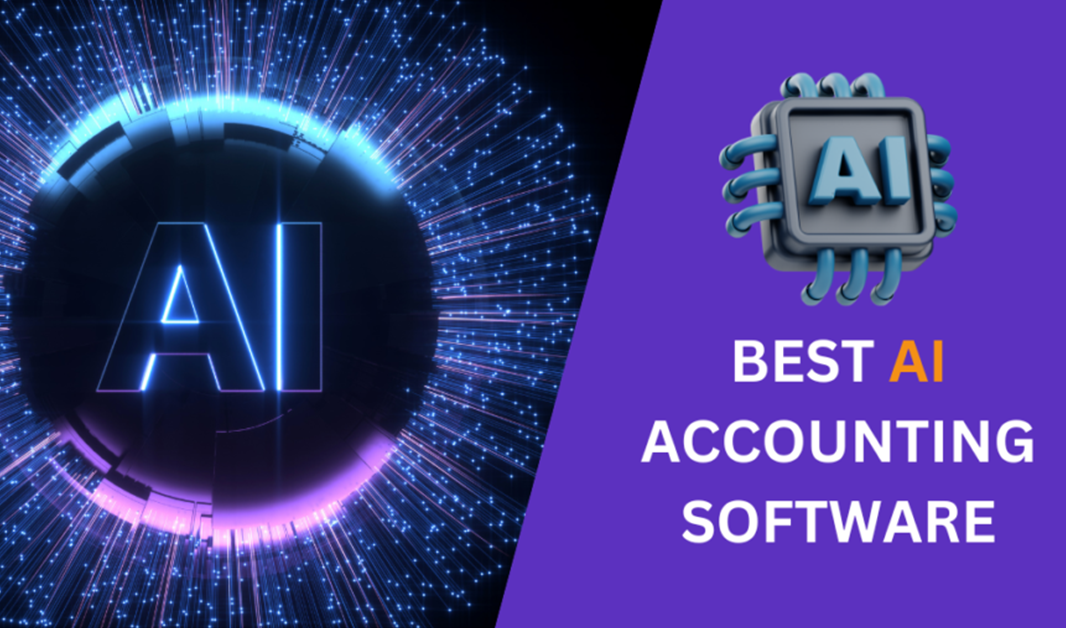
How AI Accounting Software Cuts Operational Costs by 40%
AI accounting software automates tasks, cuts errors, streamlines processes, enhances accuracy, lowering business costs by up to 40%.
In today’s competitive business landscape, companies are under constant pressure to streamline operations and reduce overheads. One of the most transformative tools driving this efficiency is AI-powered accounting software. By automating repetitive tasks, minimizing human error, and unlocking data-driven insights, these platforms are helping businesses slash operational costs by up to 40%—while improving accuracy and scalability. Here’s how this technology is reshaping financial management.
The Burden of Manual Accounting
Traditional accounting relies heavily on manual data entry, invoice processing, and reconciliation—tasks that are not only time-consuming but prone to errors. A single misplaced decimal or missed transaction can trigger costly audits, compliance penalties, or cash flow mismanagement. For small businesses, hiring dedicated accounting teams to handle these processes is often financially unsustainable, while enterprises face ballooning costs as transaction volumes grow. This is where AI steps in, transforming accounting from a cost center to a strategic asset.
Automation: The Backbone of Efficiency
AI accounting software eliminates the need for manual intervention in routine tasks. For instance, machine learning algorithms can automatically categorize expenses, reconcile bank statements, and process invoices by extracting data from scanned documents or digital files. This reduces the hours spent on data entry by over 70%, allowing finance teams to focus on higher-value activities like budgeting or financial analysis. A mid-sized manufacturing company, for example, reported saving 300 hours annually after automating its accounts payable process—equivalent to nearly ₹6 lakh in labor costs.
Error Reduction and Compliance
Human error in accounting can lead to inaccurate financial statements, tax filing mistakes, or missed payments. AI systems mitigate these risks by cross-verifying data in real time. For example, if an employee submits an expense claim that exceeds budget limits, the software flags it instantly. Similarly, AI stays updated on changing tax regulations, automatically applying the latest rules to ensure compliance. This proactive approach prevents costly fines—a retail chain reduced compliance-related penalties by 90% within six months of adopting AI tools.
Predictive Analytics for Smarter Decisions
Beyond automation, AI’s real power lies in its ability to analyze vast datasets and predict future trends. By examining historical spending patterns, cash flow cycles, and market conditions, these systems generate actionable insights. A logistics company used predictive analytics to optimize its fuel procurement, leveraging AI forecasts to buy inventory during price dips—saving ₹18 lakh annually. Similarly, AI can identify inefficiencies, such as recurring late-payment fees from clients, and recommend strategies to improve working capital.
Scalability Without Added Costs
As businesses grow, manual accounting processes often require hiring additional staff or outsourcing. AI solutions, however, scale effortlessly. Cloud-based platforms handle increased transaction volumes without performance lag, and subscription-based pricing models ensure costs remain predictable. A startup e-commerce brand scaled from 100 to 10,000 monthly transactions without expanding its finance team, relying entirely on AI-driven tools to manage invoicing, payroll, and tax filings.
Real-Time Financial Monitoring
Delayed financial reporting can lead to missed opportunities or unchecked overspending. AI accounting software provides real-time dashboards that track key metrics like profit margins, accounts receivable aging, or tax liabilities. For instance, a hospitality chain used live cash flow analytics to renegotiate vendor contracts during a supply chain crisis, cutting procurement costs by 15%. Decision-makers no longer wait for monthly reports—they act on instant data.
Integration with Existing Systems
Modern AI accounting tools seamlessly integrate with ERP, CRM, and payroll systems, creating a unified financial ecosystem. This eliminates silos and ensures data consistency across departments. A healthcare provider integrated its AI accounting software with inventory management systems, automating purchase orders when stock levels dipped below thresholds. This reduced excess inventory costs by 25% and eliminated manual reordering.
The Road to 40% Savings
The cumulative effect of these efficiencies is staggering. Businesses report reducing accounting labor costs by 30–50%, trimming compliance penalties by up to 80%, and improving financial decision-making speed by 60%. When combined with lower outsourcing fees and error-related losses, the total operational cost savings often exceed 40%. A Mumbai-based IT firm, for instance, slashed its annual finance department expenses from ₹1.2 crore to ₹72 lakh after implementing AI—a 40% reduction—while improving audit outcomes.
The Future of Finance
As generative AI advances, these systems will evolve beyond number-crunching. Imagine software that drafts financial reports, answers complex queries in plain language (“Should we expand to Tier 2 cities next quarter?”), or simulates scenarios like mergers or market downturns. Early adopters will gain a strategic edge, turning accounting from a reactive task into a proactive growth engine.
The Conclusion:
AI accounting software isn’t just a tool—it’s a financial revolution. By automating drudgery, preventing costly errors, and unlocking predictive insights, it empowers businesses to allocate resources strategically and focus on innovation. In an era where agility defines success, adopting AI-driven accounting isn’t optional; it’s essential for survival. The question isn’t whether you can afford to implement it, but whether you can afford not to.